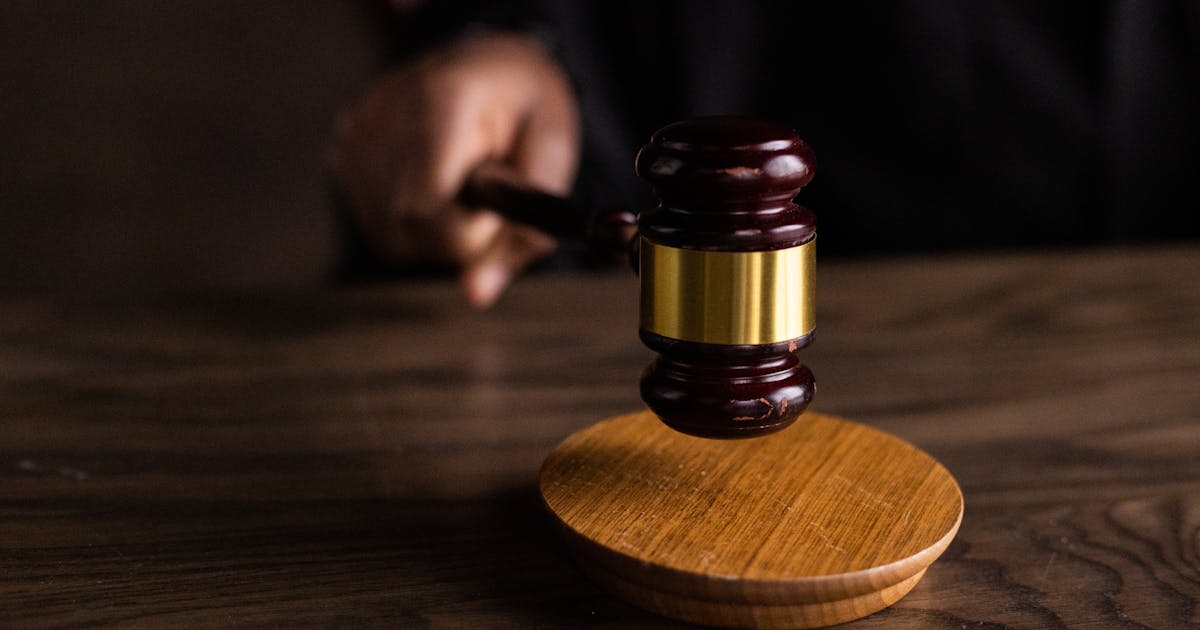Defective auto parts can pose serious risks to drivers, passengers, and other road users. These faulty components can lead to car accidents and cause severe injuries or even fatalities. Defects in auto parts can occur during the manufacturing process, design phase, or due to inadequate warnings and instructions. Understanding the implications of defective auto parts and the legal recourse available through product liability claims is essential for victims injured in such accidents.
Types of Defective Auto Parts
Laws governing Defective Auto Parts and Car Accidents vary significantly by state. For example, California applies pure comparative negligence, while Texas uses a modified 51% bar rule. Understanding your state's specific statutes is crucial for evaluating your claim.
Defective auto parts can manifest in various ways, including:
1. Faulty Brakes: Brake system defects can lead to reduced braking efficiency or sudden brake failure, increasing the risk of accidents.
2. Tire Blowouts: Defective tires can result in blowouts, causing drivers to lose control of their vehicles, especially at high speeds.
3. Airbag Malfunctions: Malfunctioning airbags may fail to deploy during accidents or deploy unexpectedly, causing injuries.
4. Steering System Issues: Steering defects can lead to difficulty in controlling the vehicle, especially at critical moments.
5. Seatbelt Failures: Defective seatbelts may not restrain occupants properly during a collision, leading to more severe injuries.
6. Acceleration Problems: Accelerator defects can result in unintended acceleration, making it challenging to stop the vehicle.
Product Liability and Auto Parts
Product liability laws are designed to protect consumers from harm caused by defective products, including auto parts. In the context of defective auto parts, product liability claims can be based on the following grounds:
1. Defective Design: Claims may be filed if the design of the auto part is inherently unsafe or prone to failure, even when manufactured correctly.
2. Manufacturing Defects: Claims arise when the defect occurs during the manufacturing process, causing the auto part to deviate from its intended design.
3. Inadequate Warnings or Instructions: Manufacturers have a duty to provide sufficient warnings and instructions for the safe use of auto parts. The lack of proper warnings can lead to liability if the user is injured due to insufficient information.
Establishing Liability in Auto Parts Defect Cases
Proving liability in auto parts defect cases can be complex, but the following elements are typically considered:
1. Defect Existence: The presence of a defect in the auto part must be established. This can involve expert analysis, testing, and examination of the component.
2. Cause of Injury: It must be demonstrated that the defect directly caused or significantly contributed to the accident and the resulting injuries.
3. Proper Use: The victim must show that the auto part was being used as intended and not altered in any way that contributed to the defect or injury.
Parties Potentially Liable for Defective Auto Parts
Several parties may be held liable for defective auto parts:
1. Manufacturers: Auto part manufacturers can be held liable for defects that occur during the design or manufacturing process.
2. Distributors and Retailers: Those involved in distributing or selling defective auto parts can also be held liable for injuries caused by the faulty components.
3. Component Suppliers: In cases where the defect originated from a specific component supplier, they may share liability with the manufacturer.
Class-Action Lawsuits
Defective auto parts can affect numerous consumers who may not be aware of the issue until accidents occur. In such cases, class-action lawsuits can be initiated, allowing multiple victims to join together in a single legal action against the responsible parties. Class-action lawsuits can help ensure that victims' rights are protected, and collective legal action can lead to more significant impact and potentially expedite settlements.
Compensation in Auto Parts Defect Cases
Compensation in auto parts defect cases can include:
1. Medical Expenses: Compensation for medical bills, hospitalization costs, rehabilitation, and ongoing medical care related to the injuries sustained in the accident.
2. Lost Wages: If the victim's injuries resulted in missed workdays or reduced earning capacity, compensation for lost wages may be sought.
3. Pain and Suffering: Damages for physical pain, emotional distress, and psychological trauma resulting from the accident.
4. Property Damage: Reimbursement for vehicle repair or replacement costs.
Statute of Limitations
It is crucial for victims of accidents caused by defective auto parts to be aware of the statute of limitations for filing a lawsuit. The statute of limitations is the time limit within which a legal claim must be filed after the accident occurs. Failing to file within this period may result in the loss of the right to seek compensation. The statute of limitations varies by state and can range from one to several years.
Consultation with an Attorney
Seeking legal representation from a skilled personal injury attorney experienced in product liability cases is crucial for victims of accidents caused by defective auto parts. An attorney can thoroughly investigate the accident, identify the liable parties, and pursue appropriate compensation on behalf of the injured victim.
Defective auto parts can have catastrophic consequences, leading to severe injuries and accidents. Victims injured in accidents caused by faulty auto parts have legal rights and may be entitled to compensation through product
Related Resources
For more information on related topics, explore these articles:
- Uninsured Motorist Accidents: What Happens When There's No Coverage?
- Teen Driver Accidents: Parental Liability and Insurance
- Burn Injuries from Vehicle Fires: Legal Rights and Compensation
Frequently Asked Questions
Q3: How long does it take to receive a settlement payment?
A: Most settlements are paid within 2-6 weeks after signing the release. Complex cases with structured settlements may take longer to finalize the payment arrangement.
Q2: What happens if I reject a settlement offer?
A: You have the right to reject any offer and proceed to trial. However, consider that trials involve more time, expense, and uncertainty compared to settlements.
Q1: Can I negotiate the settlement amount?
A: Yes, initial settlement offers are almost always negotiable. Your attorney can provide counter-offers with supporting evidence to justify a higher amount.




